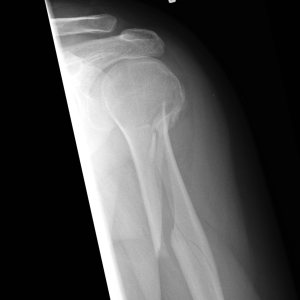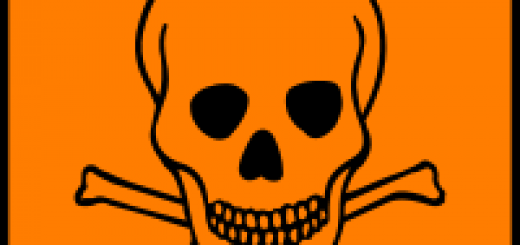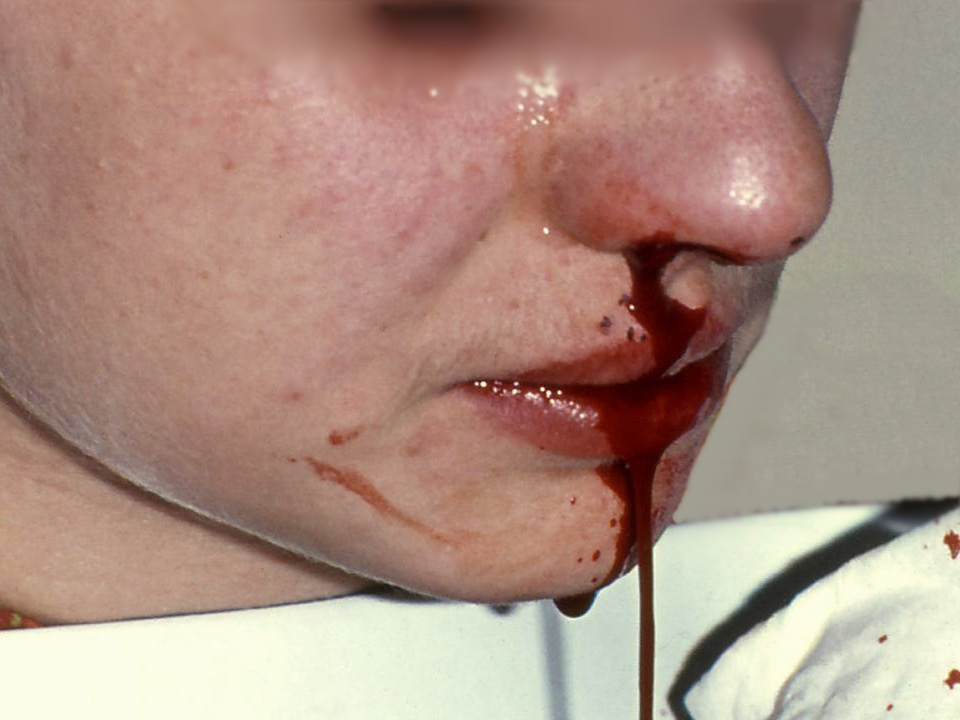First aid tip: First aid for fractures
What is a fracture?
A fracture is the same as a broken bone and the two terms can be used interchangeably. A fracture can occur for many reasons, often due to trauma or excess force being placed on the bone. Some medical conditions can also lead to an increased risk of fractures.
Generally, you can have several different types of fractures in first aid:
> Open fracture: This is where the bone has pierced the skin and caused an open wound which may bleeding. There is a high risk of infection with these injuries
> Closed fracture: A fracture which has not caused an open wound
> Complicated fracture: A fracture which damages nerves and blood vessels, this can cause permanent nerve damage or loss of blood supply to a limb.
> ‘Greenstick‘ fracture: Common in children as their bone’s are more “bendy”, therefore their bones are less likely to fully break. Instead the bone splinters.
Signs and symptoms of fractures
If someone has a fracture / broken bone, you may see any of the following:
- Pain
- Loss of movement of the limb / area
- Angulation
- Swelling & bruising (this may not occur immediately)
- Tenderness over the area
Fractures may not always be incredibly painful, the pain may take a few hours to develop. Sometimes a fracture can be mistaken for a sprain or a strain.
First aid for fractures
If you suspect someone has a fracture, then you should follow the first aid steps below:
1) Keep the area as still as possible, ask the person not to move it
2) Expose the site of injury to check for any bleeding or open wounds. If there is a bone through the skin then do not move it, instead cover with a sterile dressing if available. If the wound is bleeding then apply gentle pressure around the wound.
3) Pad around the injured area with blankets / clothing. If the person has hurt their arm then ask them to hold it in the most comfortable position possible
4) Quickly arrange transport to the nearest hospital.
Call an emergency ambulance if:
- You cannot move the person (for example, because they have hurt their leg)
- They have fractured a limb and it is turning blue / cold, this indicates a loss of blood supply to the limb which needs correcting urgently
- The casualty is in severe pain
- You suspect they may have other serious injuries
- You are unsure
Want to learn more first aid skills? Sign up to one of our free online first aid courses to improve your first aid knowledge.






This is great information. I remember when my son, who was 11 at the time, fell off a swing and claimed he was fine. His wrist wasn’t swollen or bruised and didn’t appear to be in that much pain. However, he looked incredibly pale, so after a couple hours, I took him to the ER, where they told him that he had fractured his wrist. I’m glad that I went with my gut.
If you suspect a fracture have person to hold the broken bone still and take to hospital, if bone is sticking out and bleeding wrap and hold pressure on
the wound and go to hospital.